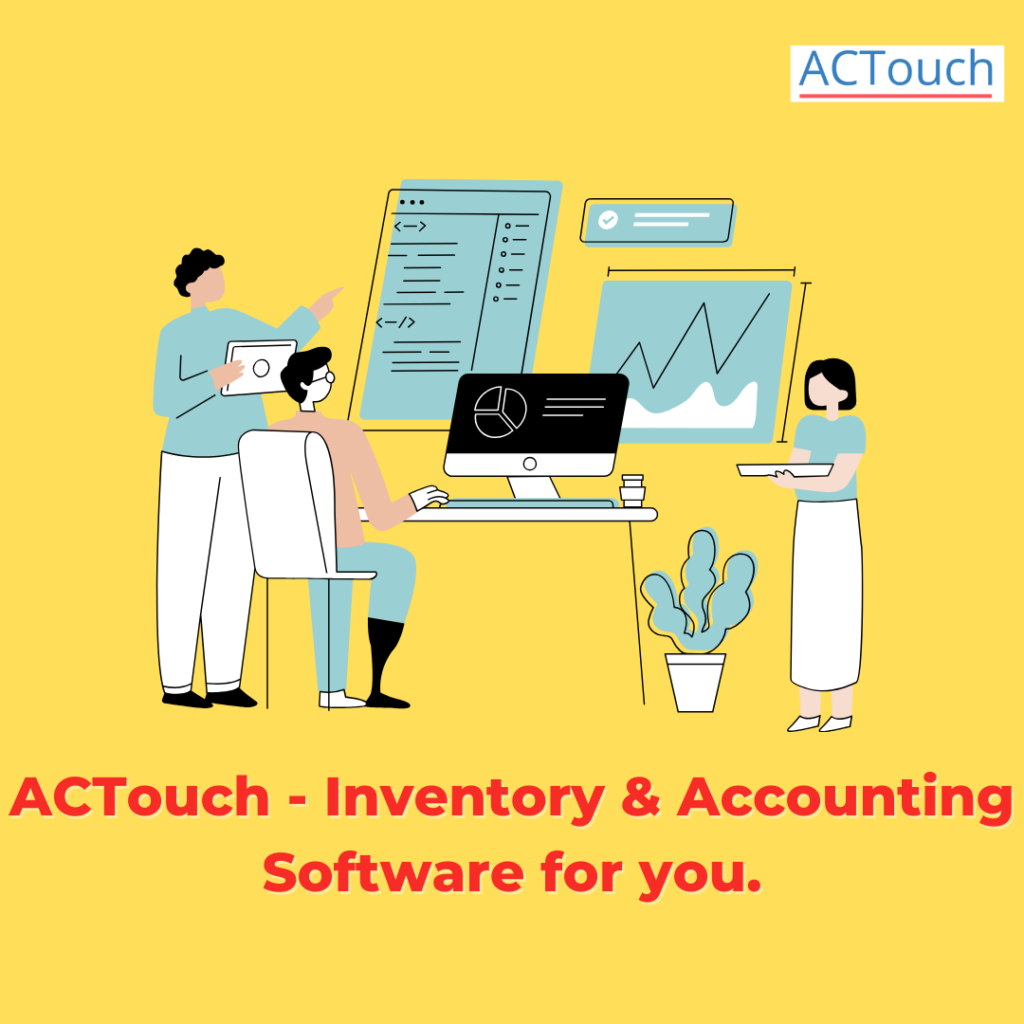Moving Average Cost formula to get Activity Based Costing – Inventory Costing
In Manufacturing companies, each one follow their own inventory costing model that depending on their manufacturing process and how they capture inventory costing details. Few use “Moving Average cost” model, while others use “Weighted average cost” methods. Few use FIFO or LIFO models too.
What is Moving Average Cost?
Moving Average Cost is a crucial concept in inventory valuation and cost accounting. It represents the average cost of a particular item over a specific period, considering the fluctuations in cost due to changes in purchase prices. Moving Average Cost ensures that the value of inventory reflects the most current market conditions, providing a more accurate picture of a company’s financial position.
What are Average Cost Methods?
There are several Average Cost Methods used in inventory valuation and cost accounting. These methods determine the value of inventory by considering the average cost of all units, which may change over time due to varying purchase prices. Let’s explain each method with examples:
Moving Average Cost Method
The Moving Average Cost Method recalculates the average cost of inventory after each purchase transaction, taking into account the most recent purchase prices. It provides a real-time valuation of inventory and reflects the latest market conditions.
Example:
- Initial Inventory: A store starts with 100 units of a product at $10 per unit. The moving average cost is $10 per unit.
- Purchase Transaction: The store buys an additional 200 units at $12 per unit.
- New Moving Average Cost: After the purchase, the new moving average cost is calculated as follows: ((100 units * $10 per unit) + (200 units * $12 per unit)) / (100 units + 200 units) = $11.33 per unit.
Weighted Average Cost Method
The Weighted Average Cost Method calculates the average cost of all units in inventory equally, without considering the timing of each purchase. It provides a more stable average cost compared to the moving average cost method.
Example:
- Initial Inventory: A company starts with 50 units of a product at $8 per unit. The weighted average cost is $8 per unit.
- Purchase Transaction: The company buys an additional 100 units at $10 per unit.
- New Weighted Average Cost: After the purchase, the new weighted average cost is calculated as follows: ((50 units * $8 per unit) + (100 units * $10 per unit)) / (50 units + 100 units) = $9.33 per unit.
Simple Average Cost Method
The Simple Average Cost Method calculates the average cost of all units in inventory based on the total cost of goods available for sale and the total quantity of units.
Example:
- Initial Inventory: A warehouse has 200 units of a product at $5 per unit.
- Purchase Transaction: The warehouse buys an additional 100 units at $6 per unit.
- Total Cost of Goods Available for Sale: (200 units * $5 per unit) + (100 units * $6 per unit) = $1,300
- Total Quantity of Units Available for Sale: 200 units + 100 units = 300 units
- Average Cost: $1,300 / 300 units = $4.33 per unit.
Weighted Moving Average Cost Method
The Weighted Moving Average Cost Method assigns different weights to historical cost data based on the time period in which purchases were made. Recent costs may carry higher weights than older costs, providing a compromise between stability and responsiveness to cost changes.
Example:
- Initial Inventory: A company starts with 150 units of a product at $12 per unit.
- First Purchase Transaction: The company buys 100 units at $15 per unit.
- Second Purchase Transaction: The company buys 200 units at $18 per unit.
- New Weighted Moving Average Cost: After the second purchase, the weighted moving average cost is calculated based on a specific weighting factor, e.g., 50% for the first purchase and 50% for the second purchase.
Perpetual Average Cost Method
The Perpetual Average Cost Method continuously updates the average cost of inventory with each sale and purchase transaction, providing real-time and accurate inventory valuations.
Example:
- Initial Inventory: A store starts with 50 units of a product at $10 per unit. The perpetual average cost is $10 per unit.
- First Sale: The store sells 20 units from the initial inventory.
- Purchase Transaction: The store buys 100 units at $12 per unit.
- New Perpetual Average Cost: After the sale and purchase, the new perpetual average cost is recalculated based on the remaining inventory and the latest purchase.
Each Average Cost Method has its advantages and suitability for different business scenarios. The choice of method depends on factors such as inventory turnover rate, cost fluctuations, and the desired level of accuracy in inventory valuation. Companies should carefully evaluate their specific needs and select the most appropriate average cost method for their inventory management and financial reporting.
|
What is Moving Average Cost Formula?
The Moving Average Cost Formula is straightforward:
Moving Average Cost = (Total Cost of Units in Inventory) / (Total Quantity of Units in Inventory)
This formula calculates the average cost per unit based on the total cost of all units in stock and the total quantity of units available.
How Moving Average Cost is Enabled, and What are the Components to Set?
To enable Moving Average Cost in inventory management, businesses need to follow these key steps:
Initial Inventory Setup
Determine the initial inventory quantity and cost for each item. This information serves as the starting point for calculating the Moving Average Cost.
Example: A retail store starts with an initial inventory of 100 units of a particular product, each unit costing $10.
Purchase Transactions
Record all purchase transactions for the item, including the quantity purchased and the corresponding cost.
Example: The store purchases an additional 200 units of the same product at $12 per unit.
Calculation
Calculate the Moving Average Cost after each purchase transaction by applying the Moving Average Cost formula.
Example: After the purchase of 200 units at $12 per unit, the new Moving Average Cost becomes:
Moving Average Cost = (100 units * $10 per unit + 200 units * $12 per unit) / (100 units + 200 units) = $11.33 per unit
Usage and Sales
As units are sold or consumed, adjust the remaining inventory quantity and update the Moving Average Cost accordingly.
Example: If the store sells 150 units, the updated inventory becomes 150 units, and the new Moving Average Cost is recalculated based on the remaining 150 units.
Advantages of Moving Average Cost in Manufacturing Companies
Moving Average Cost offers several benefits to manufacturing companies:
a. Accurate Costing: Moving Average Cost provides a more accurate valuation of inventory, reflecting current market prices and ensuring realistic financial reporting.
b. Cost Smoothing: Fluctuations in purchase prices are averaged out over time, reducing the impact of sudden cost changes on inventory valuations.
c. Simplified Accounting: Moving Average Cost simplifies accounting processes by eliminating the need to track specific costs for each individual purchase.
d. Real-time Cost Visibility: Companies can monitor real-time inventory costs and make informed pricing decisions to maximize profitability.
e. Better Decision Making: Accurate cost information helps in making strategic decisions, such as determining optimal pricing and identifying cost-saving opportunities.
Difference between Moving Average Cost and Weighted Average Cost Formulas?
The main difference between Moving Average Cost and Weighted Average Cost formulas lies in how they handle inventory valuation:
a. Moving Average Cost: The Moving Average Cost formula recalculates the average cost after each purchase transaction, considering the most recent prices. As a result, it reflects the latest market conditions and cost fluctuations.
b. Weighted Average Cost: The Weighted Average Cost formula averages the cost of all purchases equally, without considering the timing of each transaction. This may result in a more stable average cost but might not reflect the current market situation accurately.
Which formula is better depends on the specific needs and goals of the business. Moving Average Cost is often preferred for its ability to provide real-time cost visibility and accurate inventory valuations, making it a suitable choice for companies dealing with rapidly changing purchase prices.
FAQ on Moving Average Cost
Can Moving Average Cost be used for both raw materials and finished goods?
Yes, Moving Average Cost can be applied to both raw materials and finished goods, ensuring accurate costing for all inventory items.
How frequently should Moving Average Cost be recalculated?
The frequency of recalculating Moving Average Cost depends on the business’s inventory turnover rate and the frequency of purchase transactions. Generally, it is recalculated after each purchase to maintain real-time accuracy.
Does Moving Average Cost affect profit margins?
Yes, Moving Average Cost affects profit margins as it impacts the valuation of inventory, which, in turn, affects the cost of goods sold and, subsequently, the gross profit.
Can Moving Average Cost be used for all inventory accounting methods, such as FIFO and LIFO?
Yes, Moving Average Cost can be used with various inventory accounting methods, including FIFO (First-In-First-Out) and LIFO (Last-In-First-Out).
Is Moving Average Cost suitable for small businesses?
Yes, Moving Average Cost is suitable for small businesses as it provides an accurate and straightforward method for inventory valuation without requiring complex tracking systems.
Moving Average Cost is a valuable tool for accurate inventory valuation, financial reporting, and decision-making in manufacturing companies. By considering the most recent purchase prices, this method ensures that the cost of inventory reflects the current market conditions. Implementing Moving Average Cost can lead to better cost control, increased financial accuracy, and improved profitability, making it an essential component of efficient inventory management.


